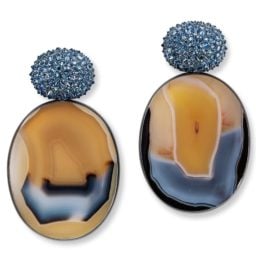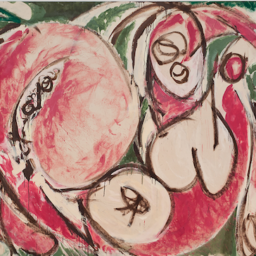

When Florence Knoll stepped into the realm of design after co-founding Knoll Furniture, it ushered in a new era. The architect is credited for creating the Knoll Planning Unit–a minimalist scheme that placed a premium on functionality—as well as the paste-up: small representational swatch boards that provide clearer ideas of how patterns, fabrics, and other materials would pair with design proposals.
Knoll, of course, wasn’t the only female designer making waves in the mid-20th century. There’s Eileen Gray, who helped pioneer the modernist movement into the realm of architecture; fellow Brazilian architect Lina Bo Bardi, whose modernist designs were used to construct the São Paolo Museum of Art; and industrial designer Anna Castelli Ferrieri, who created new forms for a changing Italian public throughout the ’60s, ’70s, and ’80s. The list goes on.
To pay homage to female designers who are still practicing their art, artnet News is taking a look at 10 women who continue to impress.
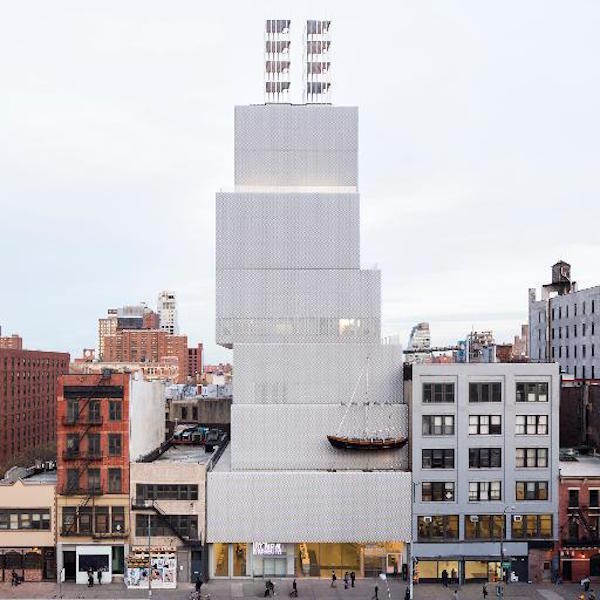
New York’s New Museum. Courtesy of New Museum Twitter.
1. Kazuyo Sejima
Subtlety makes for powerful design, and few match Kazuyo Sejima’s abilities. Sejima is best-known as the primary architectural mind behind the New Museum’s redesign in 2007; in 2010, she accepted the invitation to take the helm as the first female director of Venice’s architecture biennale. As the driven designer told The Gentlewoman in a 2010 interview: “Being an architect, I am just interested in making architecture.”

Mandarin Oriental Hotel in Barcelona. Courtesy Patricia Urquiola.
2. Patricia Urquiola
Whether they’re signature touches like stained-glass panels, or complete interior redesigns, Patricia Urquiola is probably responsible for these eye-catching works. More recently, the Spanish architect and designer has been working as the artistic director of high-end Italian design manufacturer Cassina (she rolled out her first collection for the company back in April).
She is a big proponent of female designers, too. “Where women are different from men is that women are more flexible, adaptable, and able to multitask,” Urquiola told Elle Decor in 2010. “We have to be able to survive, and those two qualities—flexibility and adaptability—I like a lot in design.”

Kelly Wearstler, Malibu Beach Residence. Courtesy of the designer.
3. Kelly Wearstler
Kelly Wearstler, who frequently collaborates with emerging talents in her field, is as comfortable working on big-budget projects as she is designing luxury homes in Beverly Hills. Crowned by The New Yorker as the “presiding grande dame of West Coast interior design,” she has developed spaces for celebrity clients like Gwen Stefani and Cameron Diaz, in addition to commercial spaces like Westfield Century City (which is currently in the middle of an $800 million expansion).
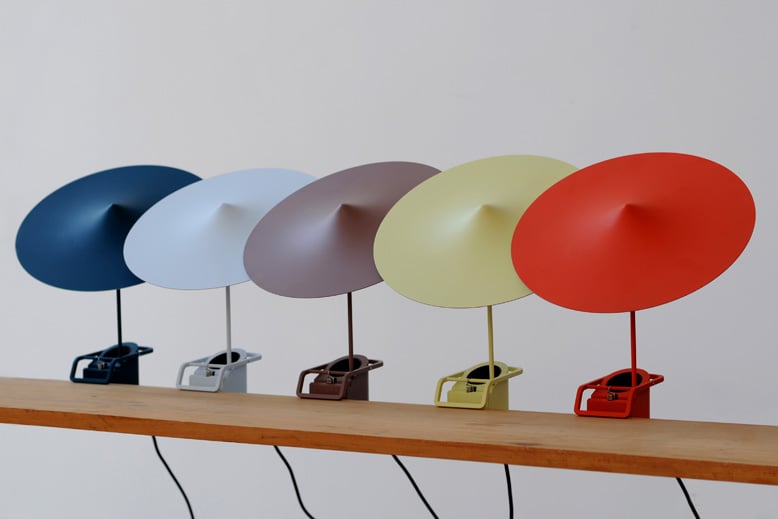
Clamp lamp, Wästberg, Sweden (2015). Courtesy the designer.
4. Inga Sempé
When it comes to functional design, Inga Sempé covers it all. Since launching her own firm in 2000, she has collaborated with Italian houseware manufacturer Alessi on a set of cutlery, and created artful objects for French furniture company Ligne Roset. Recently, the industrial designer has been focusing on a new collection for Swedish lighting firm Wastberg.
As she described her practice in an email to artnet News: “I try to make technical objects that don’t look technical.”
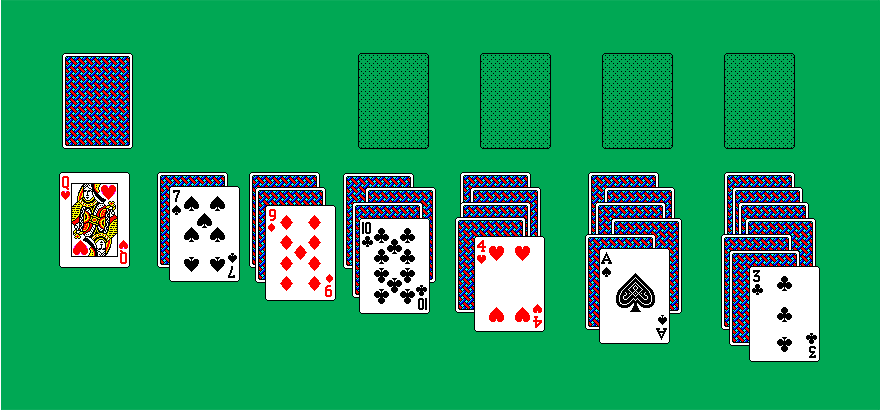
Susan Kare, Macintosh. Courtesy Microsoft.
5. Susan Kare
As the graphic designer behind near-ubiquitous projects like the solitaire game on the original Macintosh (among other icons) and the prototype avatars for Facebook’s Gifts feature, Susan Kare is a powerhouse in Silicon Valley’s design world. Just last year, Kare was picked up by Pinterest to take the lead on their product design front.
As she told designboom in a 2014 interview: “I think of design as problem solving—so it’s really important to understand all the factors involved in a creative challenge before working on visual solutions. I explore many avenues while brainstorming since there’s never only one ‘right’ answer.”

Sheila Sri Prakash, Rendering for proposed Multi Faith Center (2016). Courtesy the architect.
6. Sheila Sri Prakash
Sheila Sri Prakash, the first woman to start her own architectural practice in India in 1979, is something of a legend in her home country. Recently, the architect is responsible for designing the State Bank of India’s regional headquarters in Chennai and a new factory for hardware manufacturer Flextronics.
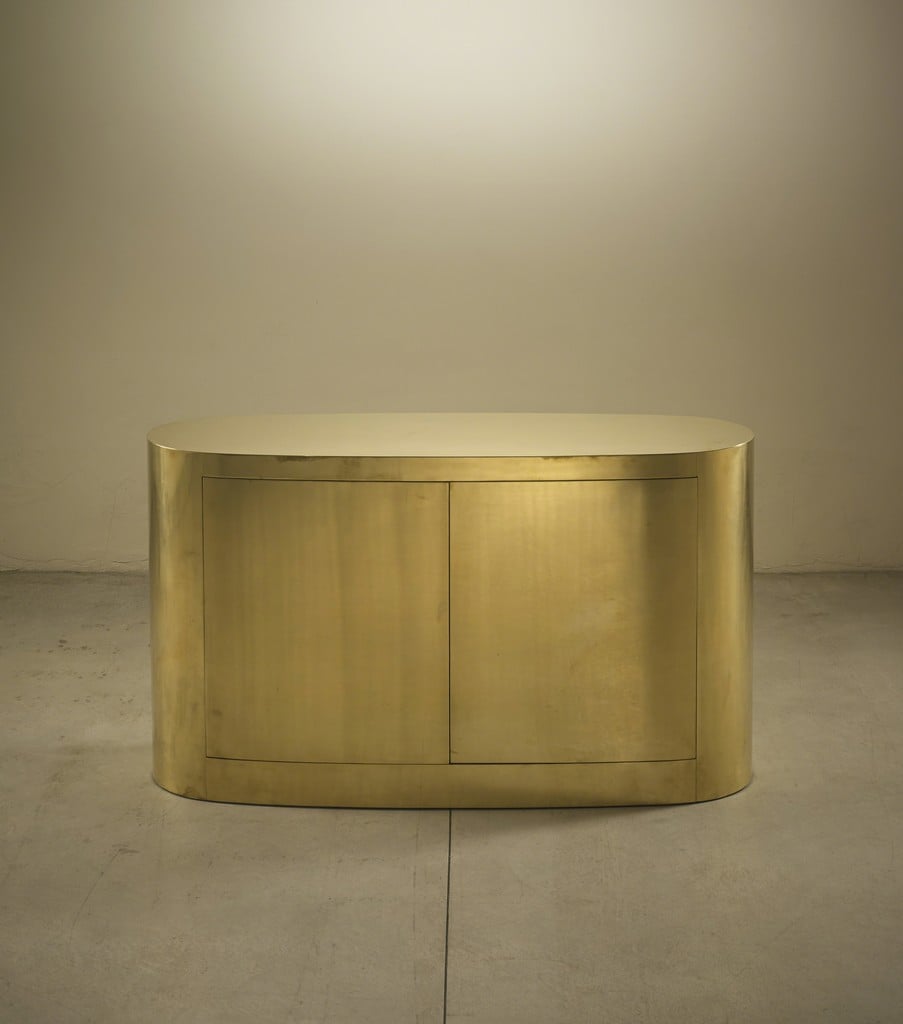
Gabriella Crespi, Mobile contenitore Mehir (1978). Courtesy Artsy.
7. Gabriella Crespi
In 2015, legendary Italian furniture designer Gabriella Crespi made what the Wall Street Journal called a “comeback” after premiering a suite of new works at the Salone del Mobile in Milan.
Crespi’s bold, and heavily-elemental pieces made from metal, marble, and wood caters to any number of her powerful powerful clients (including the princess of Monaco and the king of Saudi Arabia, among others).

Seattle Art Museum. Courtesy Denise Scott Brown and Robert Venturi Architects.
8. Denise Scott Brown
The principal of her firm VSBA, which she runs with her husband and partner Robert Venturi, Denise Scott Brown is a powerhouse in American architecture. Together, the duo is responsible for the Seattle Art Museum, the Harvard Divinity School’s Rockefeller Hall, and numerous other institutional projects in the US and abroad.
As an architect who had her start in the 1950s, Scott Brown faced enormous discrimination. She wrote in her groundbreaking essay, Room at the Top? Sexism and the Star System in Architecture: “Some young women in architecture question the need for feminist movement, claiming to have experienced no discrimination…My concern is that, although school is a nondiscriminatory environment, it is probably the least discriminatory one they will encounter in their careers.”

Hella Jongerius, 262 Coloured Vase (2010). Courtesy Artsy.
9. Hella Jongerius
“Design is not about products,” the fiercely independent industrial designer Hella Jongerius states in her manifesto. “Design is about relationships.”
Widely-known in her industry as a master in colors and surfaces, the Dutch designer got her start working for conceptual firm Droog before launching her own studio back in 1993—and since then, she’s taken on projects for clients like Maharam, IKEA, and KLM. On the subject of moving her studio to Berlin in 2008, she told Dezeen, “I’m good when I’m a starter, when I’m young and new in a field or in a culture. There’s not a huge design crowd, but I’m not interested in having that close to me.”

Cini Boeri. Courtesy of the architect.
10. Cini Boeri
For over 50 years since launching her independent practice in 1963, Italian architect and designer Cini Boeri is credited for designing private homes, apartment buildings, exhibition displays, and offices both in Italy and internationally. Boeri also created a line of high-end sofas and office furniture for Knoll in 2008.
The project is a marked departure from her landmark Serpentone, a sofa that could be sectioned off and sold in pieces. In the book MoMoWo: 100 projects in 100 years. European Women in Architecture and Design · 1918-2018, it notes that Boeri dedicated her career to studying “the functionality of space,” in all its permutations.


